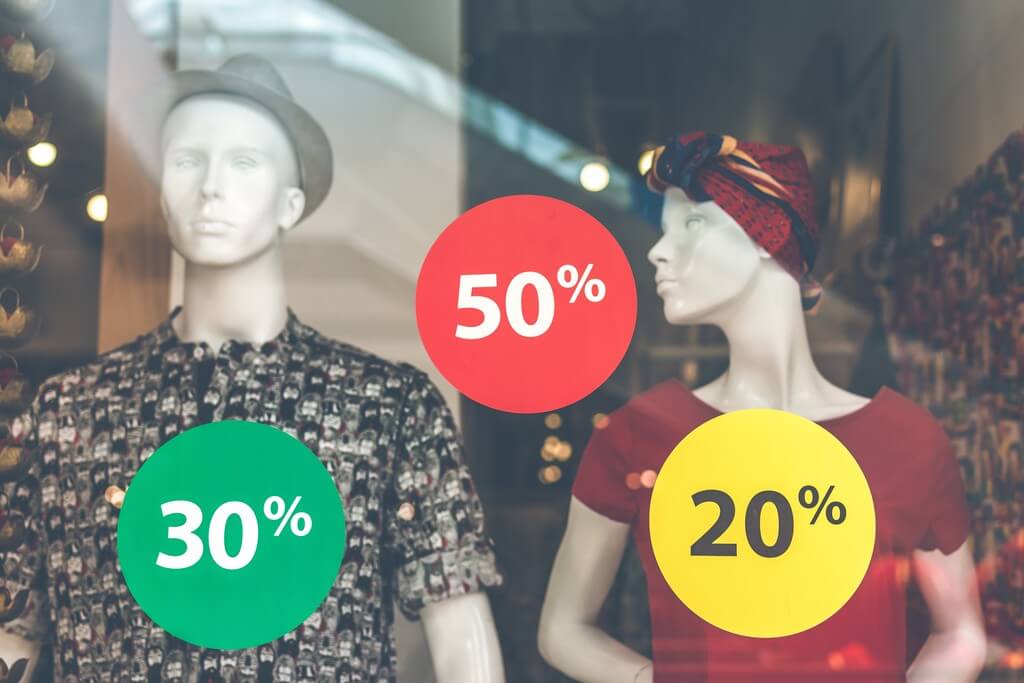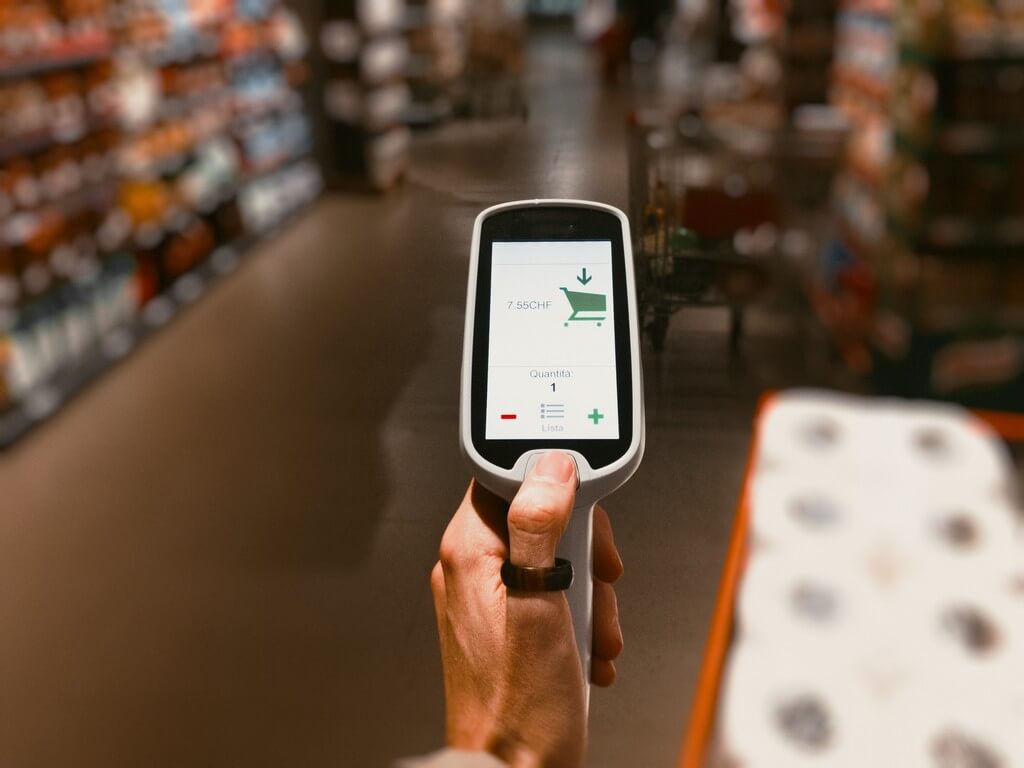Merchandising – Get noticed!
18/04/2022 2024-01-04 15:50Merchandising – Get noticed!
Merchandising, in lay-man’s terms, is the practice and process of displaying products for the purpose of sales. As a retailer you will have to use several techniques, tried-and-tested ways and creative ways for customers to take notice of your product. Selling a product is your end goal. So, keep your eyes fixed on the goal, the final sale of your product and the immense satisfaction you achieve when your customer is happy with using your product. But, to make that final sale and take it off your shelf, you need the customer’s fleeting attention to fixate on your product.

The fleeting attention of your product in a world that is flooded with nothing but products, more products, variations of the same products, products much cheaper than yours and your product needs to compete with all of these factors and much more in the market. Well, you could be selling battle armour to wage a war in the market. We are right here to help you out with just that, selling your product. Here are 7 ways, both in-store and digital experience, that can make your products fly off your shelves like your customer just uttered the magic spell “#accio” to summon your merchandise to their homes.
1. The in-store experience – The stores are wide open and the restrictions are slowly falling away as we head to the post pandemic new normal. For a great in-store experience, plan the display of the right merchandise at the right place, at the right time, in the right quantity, and at the right price to attract more and more customers.
The merchandising techniques are exceedingly influenced by the season, culture, and climate. A merchandising technique changes with seasons and trends that is influenced by the needs and wants of the customer. A display of warm fuzzy socks is going to help nobody if displayed in the mid-summer unless a lone customer walks in looking exclusively for it.
 2. Love at first sight – Merchandising techniques entirely depend upon the choice of retailer, space available, and the type of merchandise. Making a strong first impression in merchandising is a vital aspect. To entice window shoppers at a physical store, retail merchandisers try to control as many variables as possible, like the lighting, the décor, the people you meet, the number of sales counters knowing that those first moments of the customer’s experience is vital to your business. While these physical first impressions may certainly impact that first step into the store.
2. Love at first sight – Merchandising techniques entirely depend upon the choice of retailer, space available, and the type of merchandise. Making a strong first impression in merchandising is a vital aspect. To entice window shoppers at a physical store, retail merchandisers try to control as many variables as possible, like the lighting, the décor, the people you meet, the number of sales counters knowing that those first moments of the customer’s experience is vital to your business. While these physical first impressions may certainly impact that first step into the store.
In the digital store, the landing page of your website is the first impressions and one other vital factor is the speed. Studies suggest customers abandon sites if it takes longer than 3 seconds to load for the first time. The appeal to the digital customer, is the landing page, the interactive and a easy to use User Interface (UI), intelligent site search, the product display, product specification, the ease of payment, return policies and more, that you need to pay attention for the customer’s sliding phone to pause at your product.
 3. Product Merchandising – The promotional activities used to sell a product is Product merchandising. It can refer to both in-store or online products. Curating the in-store and digital experience with changing seasons and trends helps attract the attention your product needs and to retain the customer who decided to walk in to the store or scroll through the products on your website. In-store promotional activities such as product display and online activities such as website design and user experience design on the applications and website are some of the essential product merchandising techniques for a business.
3. Product Merchandising – The promotional activities used to sell a product is Product merchandising. It can refer to both in-store or online products. Curating the in-store and digital experience with changing seasons and trends helps attract the attention your product needs and to retain the customer who decided to walk in to the store or scroll through the products on your website. In-store promotional activities such as product display and online activities such as website design and user experience design on the applications and website are some of the essential product merchandising techniques for a business.
 4. Visual Merchandising – Highlighting the best features of a product for the customer, to take a look at your product is known as visual merchandising. Enhancing the looks and features of a product may be done by great use of space available, lighting in the store, and using seasonal design and décor for a physical store. In digital space, vibrant colours, uncluttered clean outlook, web design, updated features, seasonal design elements etc. used for visual merchandising.
4. Visual Merchandising – Highlighting the best features of a product for the customer, to take a look at your product is known as visual merchandising. Enhancing the looks and features of a product may be done by great use of space available, lighting in the store, and using seasonal design and décor for a physical store. In digital space, vibrant colours, uncluttered clean outlook, web design, updated features, seasonal design elements etc. used for visual merchandising.
5. Retail merchandising – It refers to all promotional and marketing events that highlights the product and contributes to selling products to customers in a physical retail store. The term retail merchandising is limited to the physical stores, but it can be applied to a variety of merchandising venues—from traditional malls to annual pop-up fairs and events.
 6. Digital merchandising – Retail merchandising is selling products on various digital platforms. Sometimes referred to as online merchandising or e-commerce. Website promotions, digital products display, email campaigns, social media marketing, comes under the blanket term of digital merchandising.
6. Digital merchandising – Retail merchandising is selling products on various digital platforms. Sometimes referred to as online merchandising or e-commerce. Website promotions, digital products display, email campaigns, social media marketing, comes under the blanket term of digital merchandising.
7. Omnichannel merchandising – Omnichannel merchandising or omnichannel retailing refers to creating unified customers experience across all the digital platforms for ease of use, where you sell your products. Across multiple e-Commerce websites, your own websites, physical stores, it’s essentially cross platform merchandising that benefits you and the customer mutually as it highlights your personal branding and goodwill, while the customer finds ease of use across several purchasing platforms.













